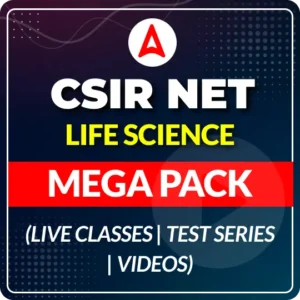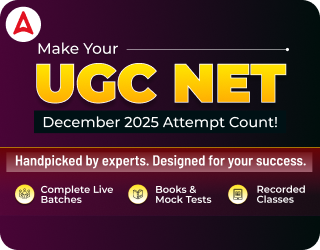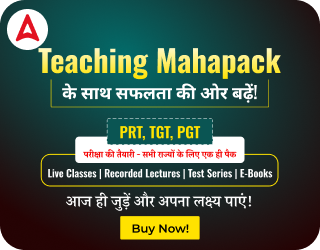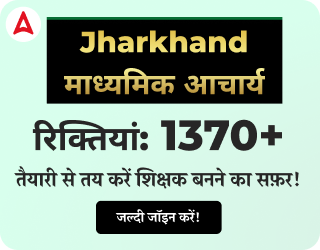Table of Contents
The DSSSB Music Teacher Syllabus 2025 has been released by DSSSB on their official website. Candidates who are preparing for the DSSSB Music Teacher post must check out the following article to access the syllabus and get started with their preparation. Getting acquainted with the syllabus is a great starting point for the DSSSB Music Teacher aspirants preparing for the exam. For more information on the DSSSB Teacher Syllabus 2025 and exam pattern, candidates must read the following article.
DSSSB Music Teacher Syllabus 2025
The DSSSB Music Teacher Syllabus 2025 has been officially released, outlining the key topics candidates must prepare for the exam. The syllabus covers General Awareness, General Intelligence & Reasoning Ability, Arithmetical & Numerical Ability, Hindi Language & Comprehension, and English Language & Comprehension, along with a comprehensive Subject-Specific Music Knowledge section.
The subject concerned section includes concepts of Indian classical music, notation systems, raga and tala theory, musical forms, and biographies of renowned musicians. Candidates must focus on both the theoretical and practical aspects of Hindustani and Carnatic music, along with the scientific and historical evolution of music. A thorough understanding of these topics will enhance candidates’ chances of success in the DSSSB Music Teacher Exam 2025.
DSSSB Music Teacher Exam Pattern 2025
The DSSSB Music Teacher Exam 2025 follows a structured written examination format consisting of 200 objective-type questions carrying a total of 200 marks. The exam is divided into six sections: General Awareness, General Intelligence & Reasoning Ability, Arithmetical & Numerical Ability, Hindi Language & Comprehension, and English Language & Comprehension, each carrying 20 marks. The Subject-Specific Music Knowledge section holds the highest weightage with 100 marks, assessing candidates’ understanding of music theory, practical applications, and teaching methodologies. Additionally, the exam follows a negative marking scheme, where 0.25 marks are deducted for each incorrect answer, ensuring accuracy in assessment.
DSSSB Music Teacher Syllabus Detailed
The Delhi Subordinate Services Selection Board (DSSSB) Teacher Syllabus 2025 provides an in-depth overview of the topics covered in the written examination. Candidates aspiring for the DSSSB Music Teacher post must have a strong grasp of the theoretical and practical aspects of Hindustani and Carnatic music, musical instruments, notation systems, and historical contributions to Indian classical music. The subject-specific section forms the core of the syllabus, testing candidates’ knowledge of music theory, history, musical forms, and notation systems.
Science of Music and Studies of Shrutis
- Vibration and Frequency; Forced and Free Vibrations
- Pitch and its relation with Vibrator
- Vocal and Instrumental Ranges of Sound
- Amplitude, Timbre, and Qualities of Sound (Naad)
- Just Intonation, Musical and Unmusical Overtones (Swayambhu Swar)
- Consonance and Dissonance
- Main Types of Chords
- Absorption, Echo, Reverberation, and Resonance of Sound
- Concept of Swar and Shruti
- Placement of Shuddha and Vikrit Swars on different shrutis (Lochan, Ahobal, Pundarik, etc.)
- Comparative Study of Swaras of Northern and Southern Saptak
Musical Terms
- Geet, Gandharva, Gan, Deshi Sangeet
- Sthaya, Mukhachalan, Akshiptika
- Nibaddha and Anibaddha Gan
- Raglakshan, Ragalap, Rupakalap
- Alapti Swasthan-Niyam, Raag That, Alankar, Gamak
- Vadi, Sanvadi, Anuvadi, Vivadi
- Parmel Praveshak Raag, Sandhiprakash Raag
- Vaageykar, Kalavant, Gram, Moorchhna, Jati Gaan
- Various Forms of Alap, Tan, Meend, Zamzama, Soot, Ghaseet, Jor, Toda
Musical Forms
- Comparative Study of Hindustani Music Forms
-
- Dhrupad, Dhamar, Sadra, Khayal, Thumri, Tappa
- Chaturang, Tarana, Trivat
-
- Evolution of these Musical Forms
- Notation of Songs with Alaps, Tans, and Layakaries
- Identification of Ragas from Given Notes
- Study of Baithaks and Styles of Playing
Gharanas of Vocal & Instrumental Music
- Vocal Music Gharanas
- Dhrupad: Dagar, Betiya, Darbhanga
- Khayal: Gwalior, Agra, Delhi, Jaipur, Kirana
- Instrumental Music Gharanas
- Seniya, Maihar
- Tabla Gharanas
- Banaras, Ajrada, Farrukhabad, Delhi, Punjab
- Notation System, Scales & Biographies
- Notation System: Pt. Vishnu Narayan Bhatkhande & Pt. Vishnu Digambar Paluskar
- Western Music Concepts: Time Signature, Diatonic Scale, Pythagorean Scale, Major & Minor Scales
- Biographies of Renowned Musicians: Bhatkhande, Vishnu Digambar Paluskar, Tansen, Ravi Shankar, Bade Ghulam Ali Khan, Beethoven, Mozart, and others
- History of Music
- Ancient Music: Vaidik Gramgeya Gaan, Aranyageya Gaan
- Musical References in Ramayana, Mahabharata & Puranas
- Evolution of Jatis, Ragas, and Prabandh
- Modern Indian Classical Music Revival
- Hindustani vs. Carnatic Music Systems
Ragas and Talas
- Ragas
- Critical & Comparative Study of Ragas: Bhairav, Bhimpalasi, Bihag, Darbari Kanada, Desh, Kafi, Khamaj, Malkauns, Yaman, and more
- Understanding Nyas, Alpatva, Bahutva, Avirbhava, and Tirobhava in Ragas
- Identification of Ragas from Given Notes
- Classification of Ragas (Vyankat Mukhi’s 72 Melas, Bhatkhande’s Ten Thats, Modern 32 Thats)
- Talas
- Knowledge of Talas: Teental, Jhoomra, Dadra, Deepchandi, Dhamar, Rupak, Ektal, and more
- Understanding Laykaries, Tukaras, Paranas, Peshkara, Tihai, and Various Tabla Baj Styles
- Classification & Identification of Talas
Contribution of Scholars to Indian Music
- Bharat, Matang, Abhinav Gupt, Sarangdev
- Ramamatya, Ahobal, Somnath, Lochan, Bhavbhatt, Vyankat Mukhi
DSSSB Music Teacher Syllabus 2025 PDF
Here is the DSSSB Music Teacher Syllabus 2025 PDF provided for easy access and download. Candidates must download the DSSSB Music Teacher Syllabus 2025 PDF and use it as a reference point during the preparation to stay on track and monitor their continuous progress.

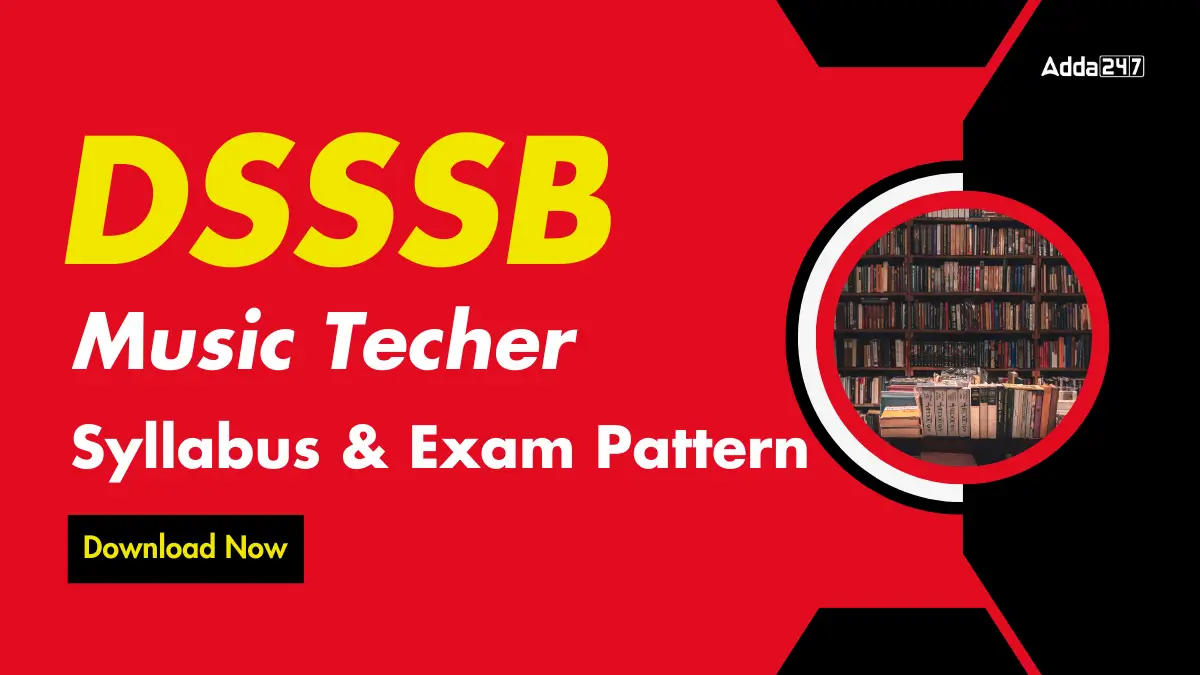
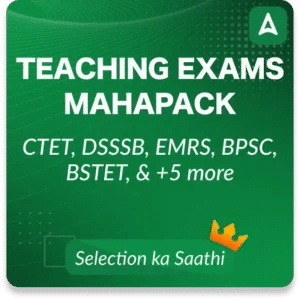

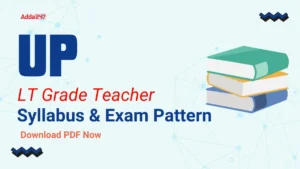 UP LT Grade Teacher Syllabus and Exam Pa...
UP LT Grade Teacher Syllabus and Exam Pa...
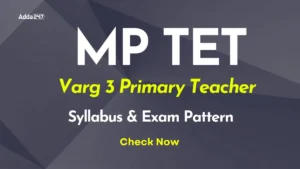 MP TET Varg 3 Syllabus and Exam Pattern ...
MP TET Varg 3 Syllabus and Exam Pattern ...
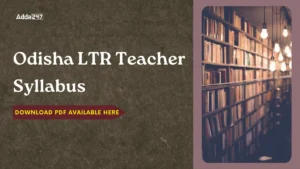 Odisha LTR Teacher Mains Syllabus 2025 a...
Odisha LTR Teacher Mains Syllabus 2025 a...
